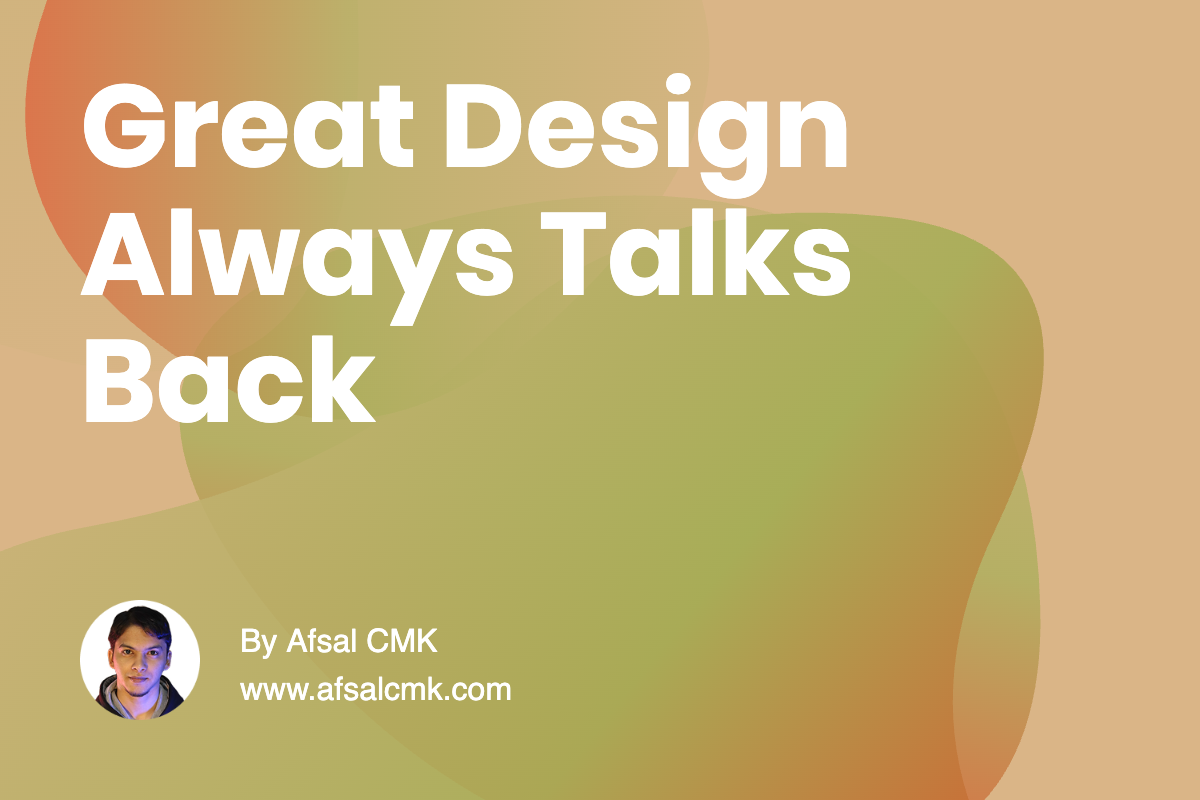
Great Design Always Talks Back
One of the easiest ways to miss edge cases in design is by overlooking feedback. It sounds obvious, but it’s often what slips through the cracks. Many flows look clean and logical in prototypes but fail when real users interact with them-simply because the product stays silent. Did the action work? Did it fail? Should they wait or try again? That uncertainty breaks the rhythm of use.
Feedback is more than just a success or error message. It’s the product’s way of talking back. A simple vibration, a progress bar, a sound, or a color shift-all of these cues tell users that the system has understood their input. When those signals are missing, the user’s confidence starts to fade.
Design that communicates through feedback builds a sense of trust and control. It reassures users that their intent is recognized and that something meaningful is happening. This isn’t about adding fancy animations everywhere; it’s about creating clear, timely responses for every possible action-big or small.
Think of it as a cycle: a user starts, takes action, receives feedback, feels a sense of completion or delight, and continues. Over time, this loop strengthens engagement. Users who consistently understand what’s happening become repeat users-and eventually, power users.
Great design is not just about what users can do, but how they feel while doing it. Feedback keeps that connection alive. Every click, swipe, or submit should lead to a response. When the loop stays intact, products stop feeling like tools and start feeling like companions in getting things done.